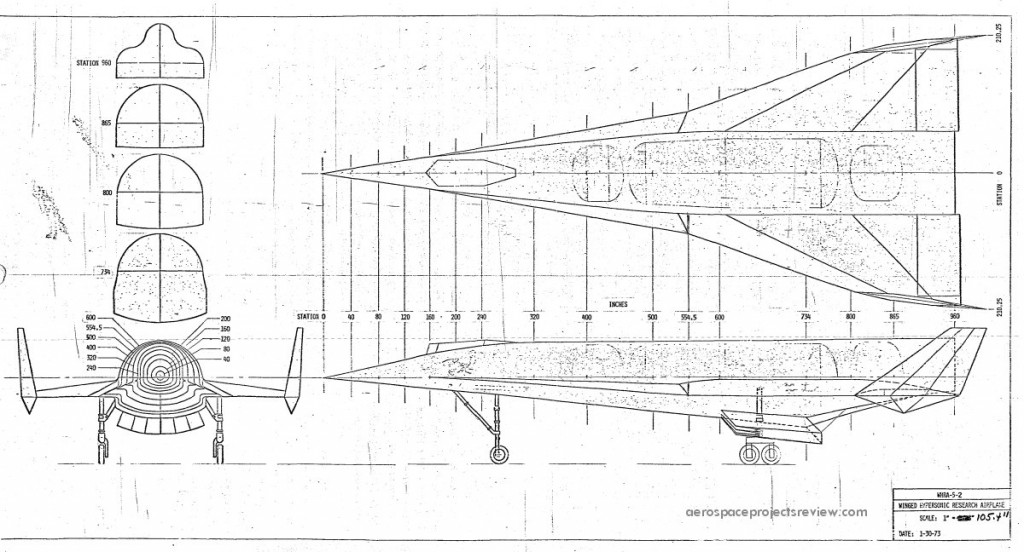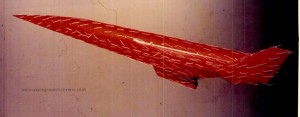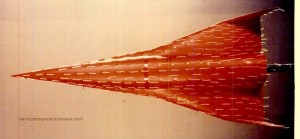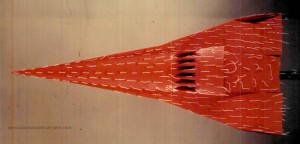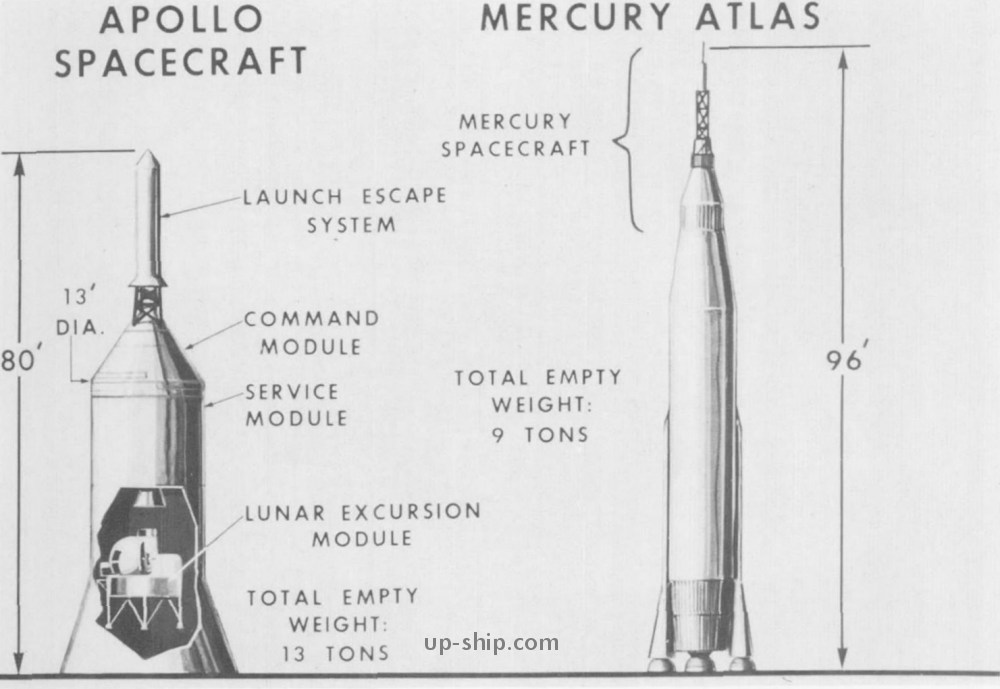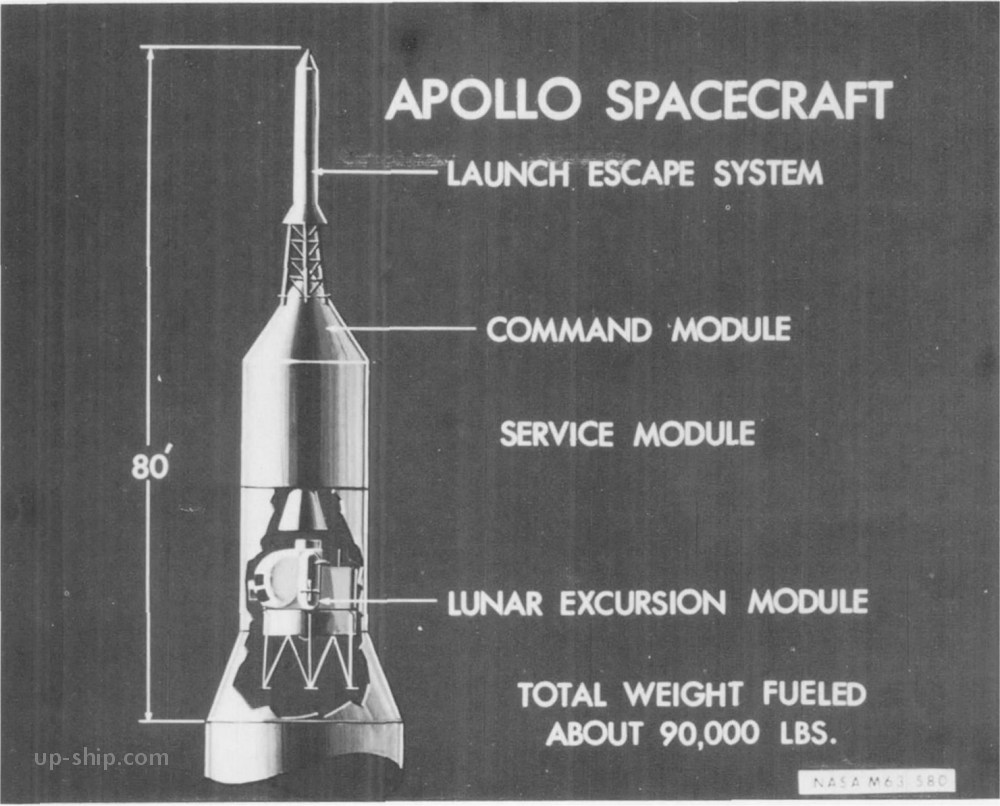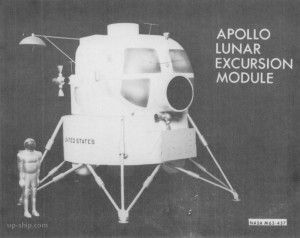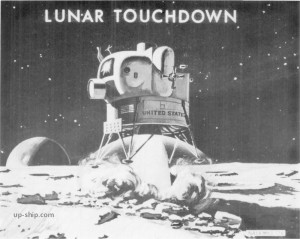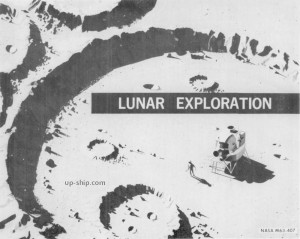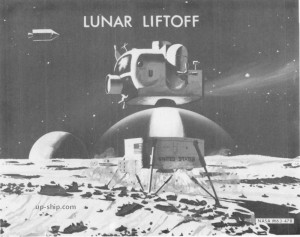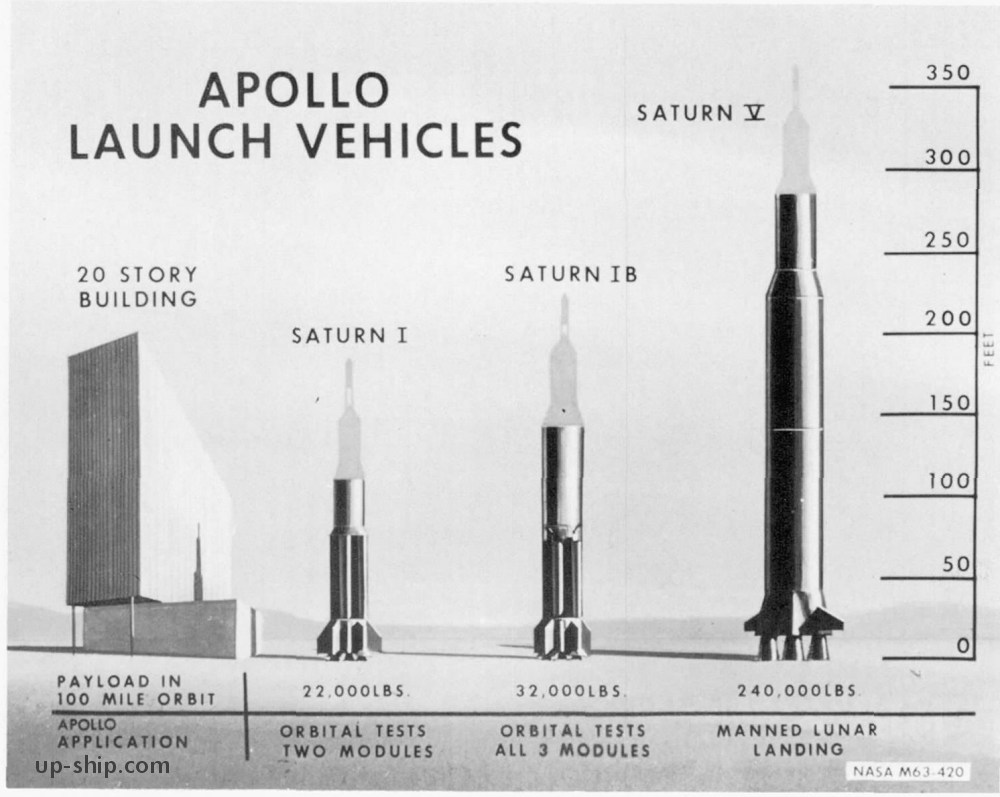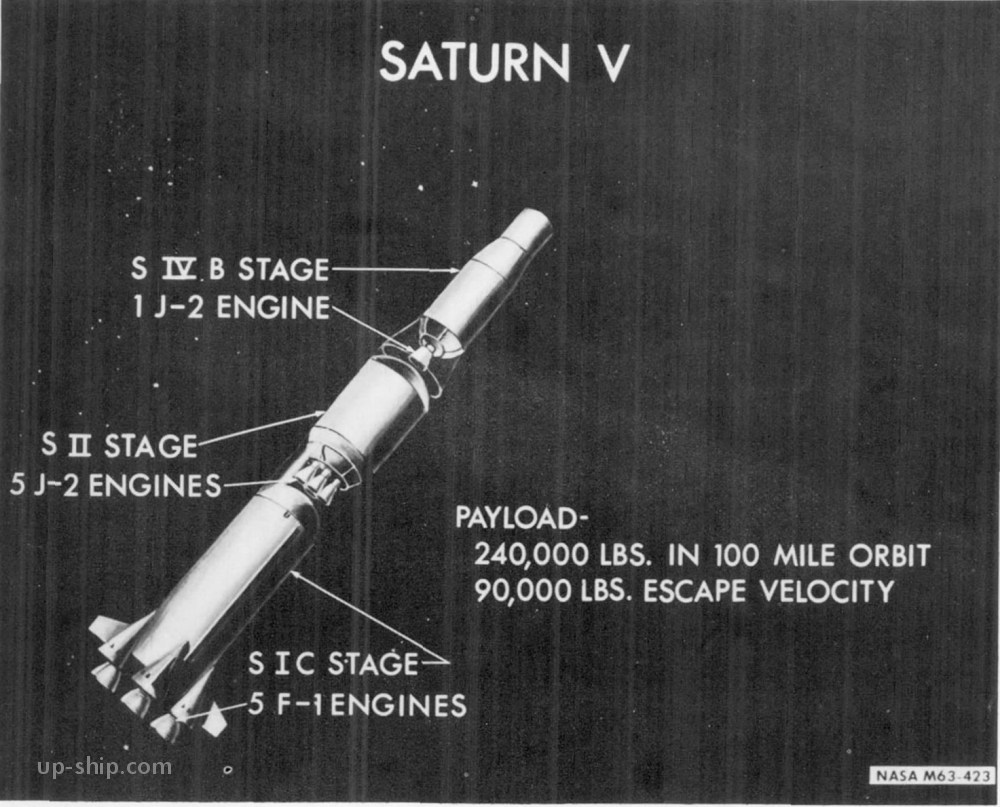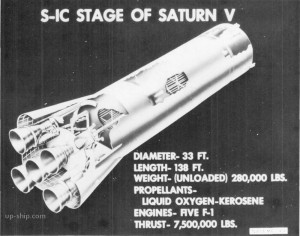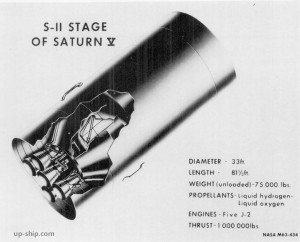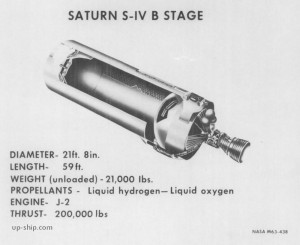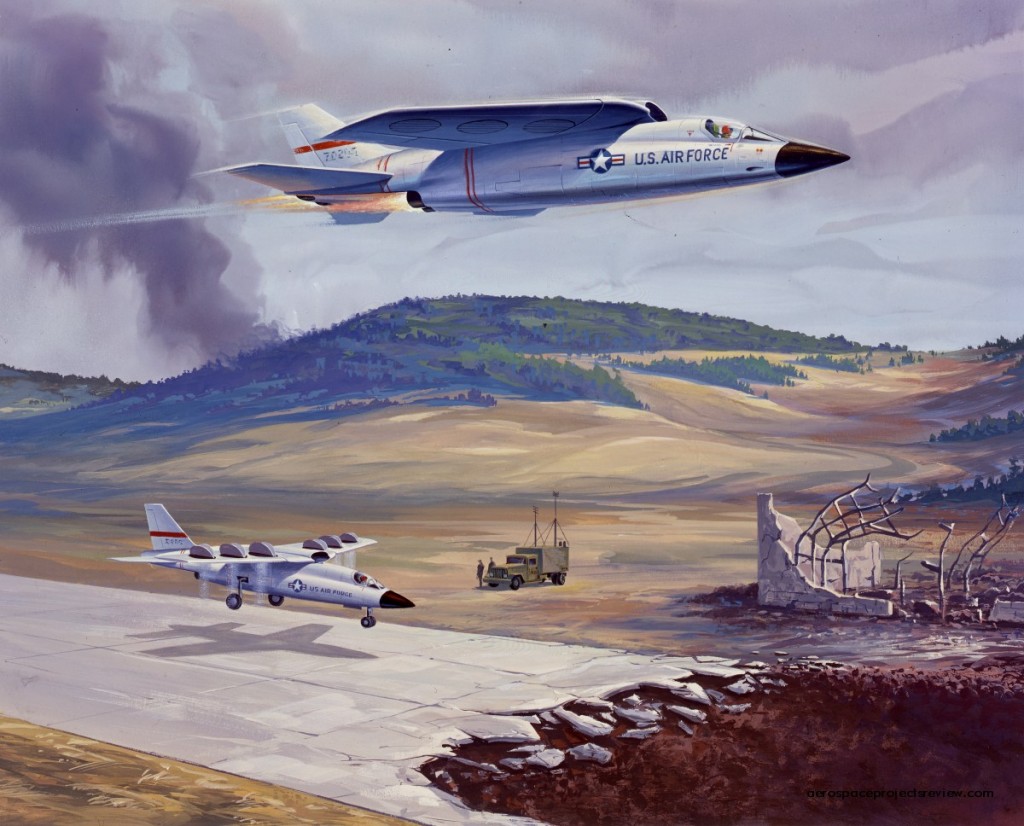Long before the “Aurora” was flying across the pages of sensationalist magazines at Mach 6+, NASA was studying a range of hypersonic research aircraft. While the designs different, sometimes wildly, there were occasional configurations remarkably like the hypothetical “Aurora.” Some would argue that that means that the “Aurora” was derived from this earlier NASA work, but a more reasonable supposition is that those who envisioned “Aurora” were drawing upon public representations of the earlier NASA work in order to dream up what Aurora must look like.
One such design that is very representative of the iconic “Aurora” image is this Hypersonic Research Airplane configuration from 1973, shown here as a drawing and as a NASA-Langley subsonic wind tunnel test model. The aircraft was powered by liquid rocket engines in the tail and an underslung scramjet pod. It had a cockpit that would raise up at low speed so the pilot could see to land, but was otherwise a very clean configuration.
